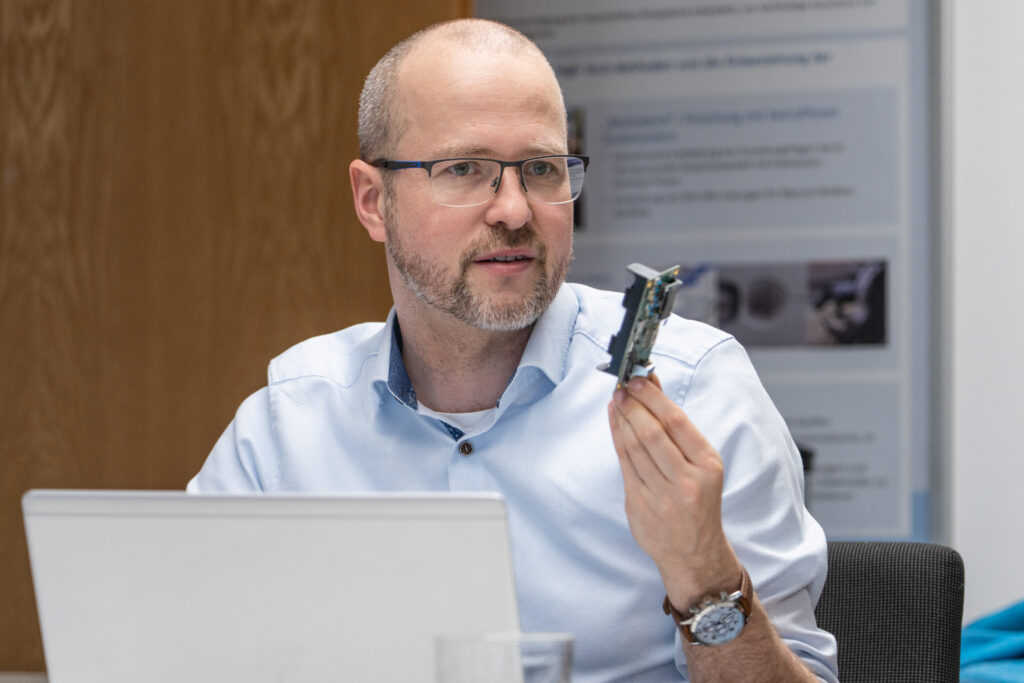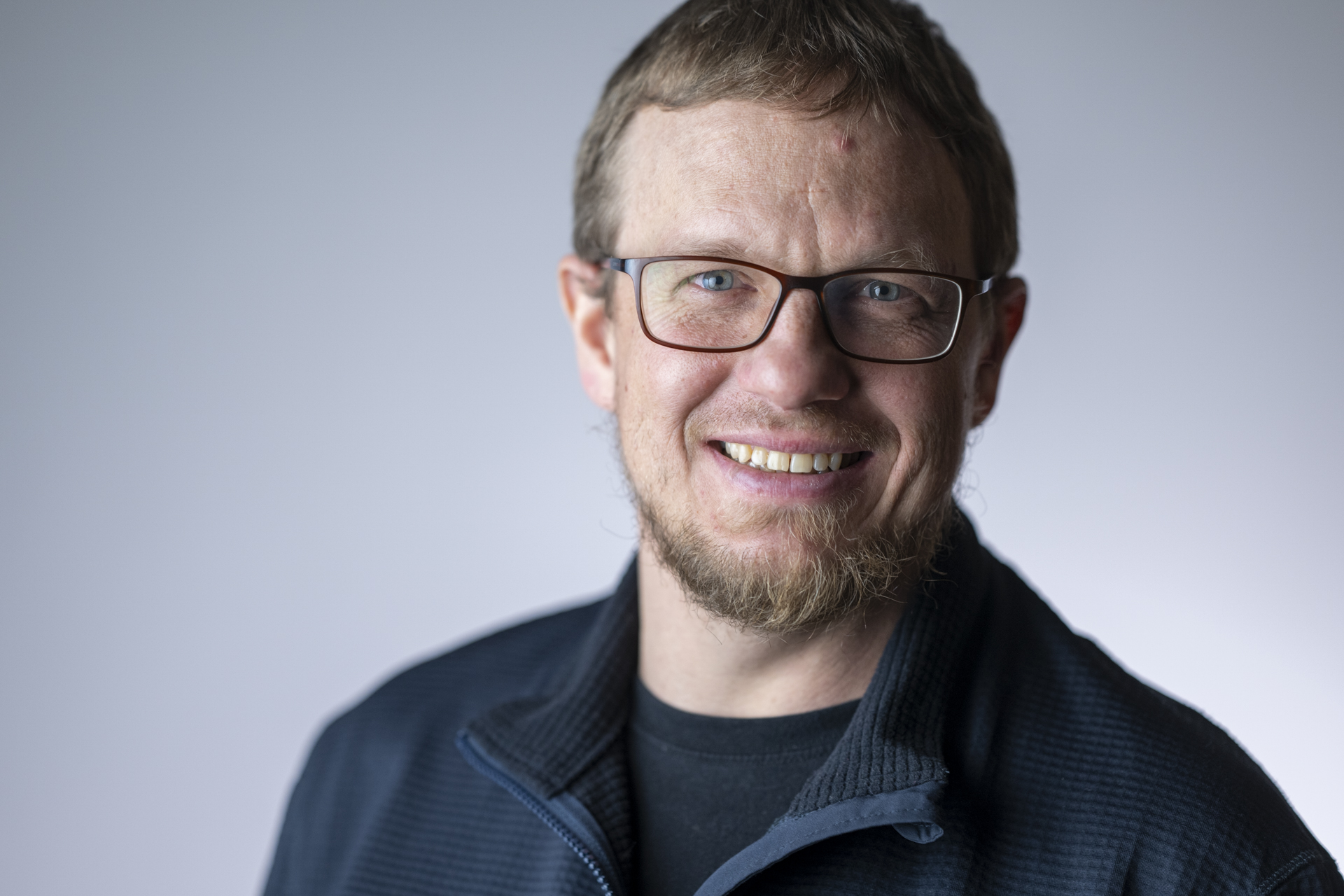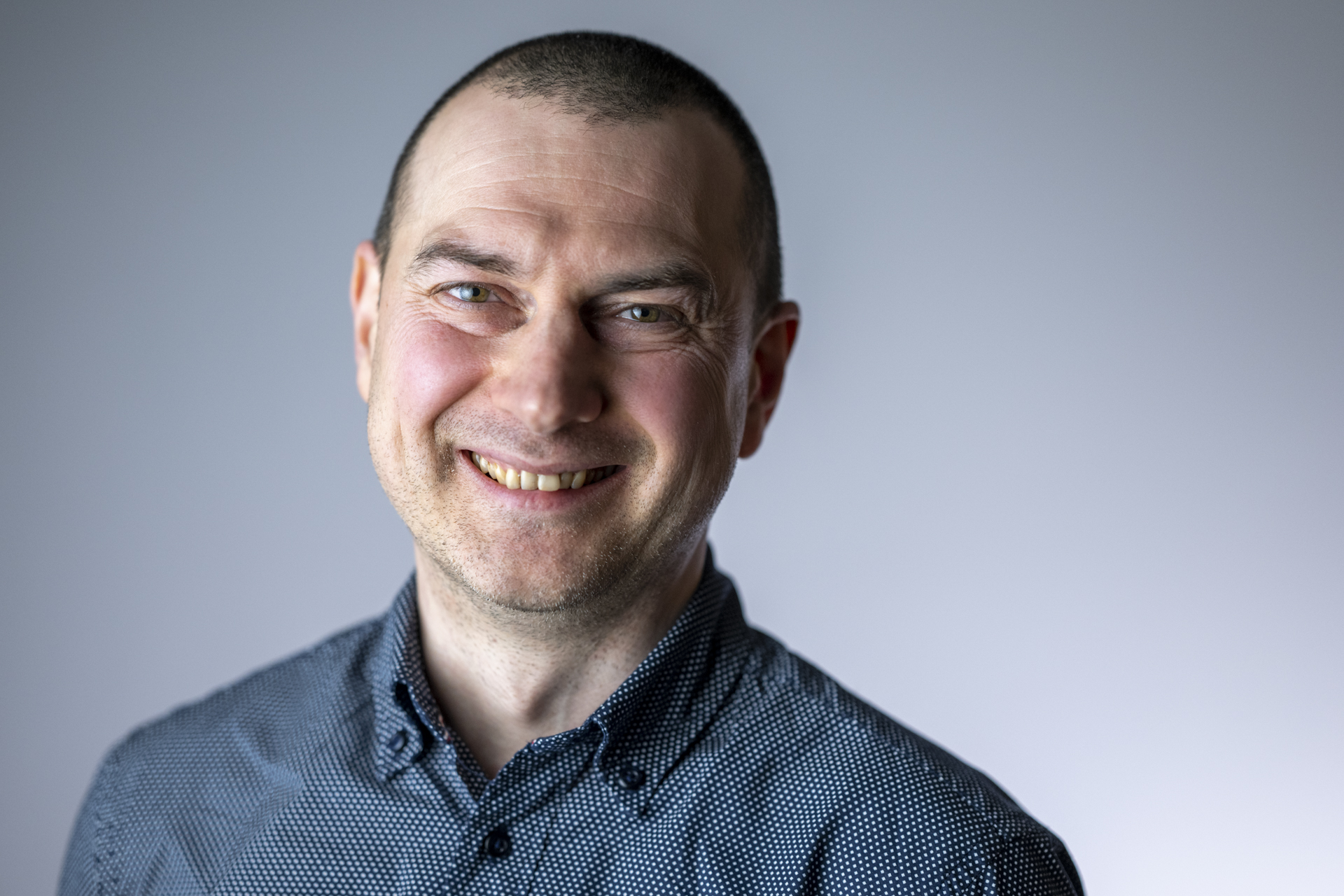Animal swarms tend to operate in remote areas beyond the reach of terrestrial communication infrastructures. Data generated in the field using animal transmitters can often only be transmitted with a delay of days or even weeks. Connecting existing networks via satellites is therefore essential for wide-area IoT connectivity and the associated immediate data transmission.
In order to be able to transmit collected data and information directly from the transmitting node to the LEO satellite (Low Earth Orbit), a high-performance satellite IoT radio module is being integrated into animal transmitters as part of the GAIA initiative. This guarantees immediate, secure and energy-efficient transmission of the extracted data. The communication system developed by Fraunhofer IIS is based on the terrestrial mioty® technology and will be adapted to satellite-typical frequency bands such as L- and S-band for the project. Typical communication protocols, which are sometimes used in the IoT sector, are usually designed for small packet sizes. Further development of the mioty® system will therefore also aim to increase the data rate and message size to enable application scenarios such as image transmissions.


The integration of the IoT receiver in the LEO satellite network is another aspect that will be implemented in the project. An IoT data receiver in the satellite environment is fundamentally different from a terrestrial IoT network. Due to the low orbit of the LEO satellites, the satellite availability changes dynamically depending on which satellite is currently hovering over the transmitter and is thus dependent on location and time. For this reason, the satellites must be synchronized (e.g., using gateways on the ground or in orbit) to ensure a steady exchange of information within the LEO satellite network. In addition, due to the high speeds, the satellite overflight results in a frequency shift, the so-called Doppler shift. To ensure that the data can still be received without problems, these distortions are compensated for by the IoT receiver. Both aspects are only taken into account in the receiver on the LEO satellite in order to keep the complexity of the transmitting nodes low.
In addition, the project will enable bidirectionality of the communication link between the animal transmitter and the satellite. This allows data transmission from the transmitting node to the base station as well as from the base to the transmitting node. These bidirectional communication links not only ensure robust and energy-efficient data transmission to the satellite, but also guarantee remote control of the transmitting nodes at the same time. Since the Doppler effect is also to be expected in this process, the compensation of which is very computationally intensive, the Doppler precompensation is performed directly at the satellite. This keeps the animal transmitters small and light.
Florian Leschka, group leader of System Design at Fraunhofer IIS, bundles the competencies in the field of satellite communication in his team around Jonas Mrazek, Thi Uyen Ly Dang and Christof Schlund. Using innovative technologies, they develop the radio module on the transmitter and its counterpart on the satellite and apply the terrestrial mioty® system to the satellite scenario.




